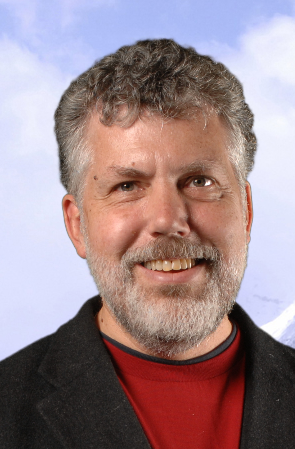- Home
- About Us
- The Team / Contact Us
- Books and Resources
- Privacy Policy
- Nonprofit Employer of Choice Award

 Fundraising software made a huge leap forward when it went from passively recording donations to actively tracking fundraising activities. Current systems let you create a series of steps for stewarding donors and potential donors right from the first contact through first donation through ongoing engagement and planned giving. That concept of moving through a series of pre-defined steps is known as workflow and it applies to more than just fundraising.
Fundraising software made a huge leap forward when it went from passively recording donations to actively tracking fundraising activities. Current systems let you create a series of steps for stewarding donors and potential donors right from the first contact through first donation through ongoing engagement and planned giving. That concept of moving through a series of pre-defined steps is known as workflow and it applies to more than just fundraising.
Many charity programs can also be expressed as a workflow, conducting the client or participant from first contact through information gathering to working with a caring professional to participation in group work. You already have a process for helping people. Now you can automate it.
Wait! Why automate?
A day in a fundraiser’s life
Diane gets into work early and checks her computer. The screen shows her appointments for the day and a reminder to check the results of the email campaign. After each call and appointment, Diane enters the results. If she was unable to reach the potential donor, the system reschedules the call for next week. If the call was successful, the system opens a thank you email template for Diane to customize and send. The system also tracks any next steps from the call, such as sending out additional material or scheduling a follow-up call.
In the case of the email campaign, two different versions of a fundraising letter were sent out to the database of existing donors. Diane’s job is to compare the results of the two mini campaigns so that she can see which wording was more effective.
At any time, Diane can run a report that summarizes the results of her work. She can see at a glance how many people are at the different stages of prospective, current, ongoing or lapsed. She can see how effective the processes are at converting prospects into donors, so that she can see which processes need to be improved in order to achieve the organization’s goals.
A day in a social worker’s life
Josh is an Employment Counselor with a Drop-In Centre. He has the same kind of scheduling and analysis processes as Diane. Clients / participant meetings and the next steps resulting from those meetings need to be scheduled and the results tracked. The results of a new Employment Bootstrap methodology need to be compared to the agency’s traditional process. And he needs to report on his monthly results to the Program Manager. In addition, Josh needs to cover for a co-worker who is sick. Having her appointments in the same scheduling system allows Josh to integrate her work into his, so he can schedule his time efficiently and have access to all of the client work done on each file as he needs it.
Available now
Workflow software used to be available only in large (i.e. expensive) systems. The situation is changing. With the availability of internet based applications (the “cloud”) and the steady improvement of smaller packages, the cost has come down as the sophistication has gone up. Here’s what to look for:
Finding the budget for administrative systems is a challenge throughout the charitable sector, so make your systems do double duty, e.g. find fundraising software with a workflow component that is general enough for both fundraisers and program staff to use.
Bill Kennedy (http://EnergizedAccounting.ca) applies Eric Ries' Lean Startup principles to charities, encouraging and measuring innovation from within, using affordable software that will allow charities to combine fundraising, financial and workflow data into validated learning.